
Showing all 6 books
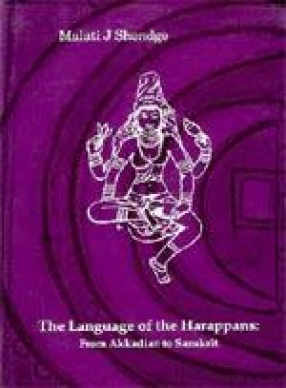
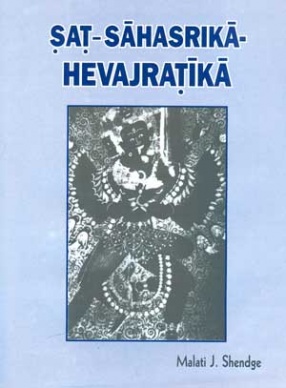

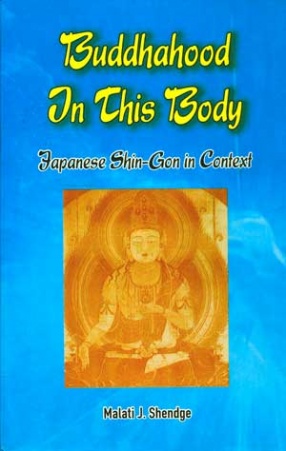
Shin gon is Japanese Trantrism, sect of d True Word (Mantranaya). The dmain body of this work consists of a translation of a 13th c. Japanese wok written by a Japanese Buddhist teacher, Gyonen and entitled Hasahu-koyo-kogi. The language and style are archaic and not easy to translate. This is the First ever English translation conducted by the author at the university of Tokyo. This translation is lucid and easy to understand which is a rare feat to achieve. It ...

Since the formulation of Indo-European theory in the 19th c., Sanskrit has been considered the language brought over by the Aryas. This raised the question after the discovery of the Harappan culture: what was the language of the Harappans? This book tries to answer this question. The Rigveda and the Vedic literature have also been considered the Aryan cultural heritage because in Rigveda clan name of the Aryas occurs. But the adversaries of the Aryas remained ...

Satsahasrika-hevajra-tika, a commentary on the Hevajra-tantra, a Vajrayana or Esoteric Buddhist text, is published here for the first time. It is second such commentary to be available in print. A fragment of Sanskrit text only is available, the author being Dasabhumisvara Vajragarbha. Although the Tibetan translation of the commentary available in bsTan.hgyur comments on the whole of Havajratantra, the editor has doubts about the authorship of later chapters. In ...
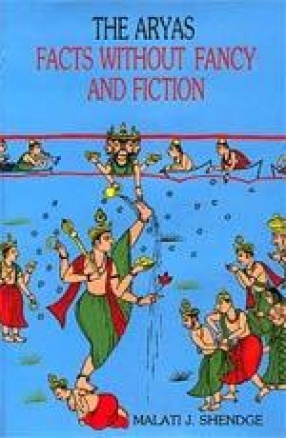
This short monograph is just not yet another book on the controversial clan of the Aryan. It has the distinction of being an unbiased, factual statement, which has been lacking, despite the fact that it has been one of the favourite topics of the Vedic scholars and the Indo-Europeanists. It is written with a clearcut objective of knowing the facts about the Aryas, her comments try to guide the reader as how to understand them. This book thus has a limited aim. ...
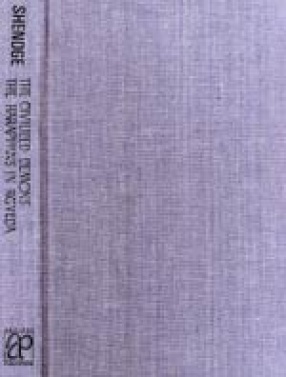
Myth and mysticism have reigned supreme in Rgvedic interpretation for more than two millennia and a half. Even now, it cannot be said to be free of these. This study aims at completing the process of rational inquiry in Rgveda begun two centuries ago. It leaves behind myths and mystic experiences, simultaneously drawing the line between fact and fancy, which has eluded the scholars. Two types of evidence - literary and archaeological - have been used. Literary ...
